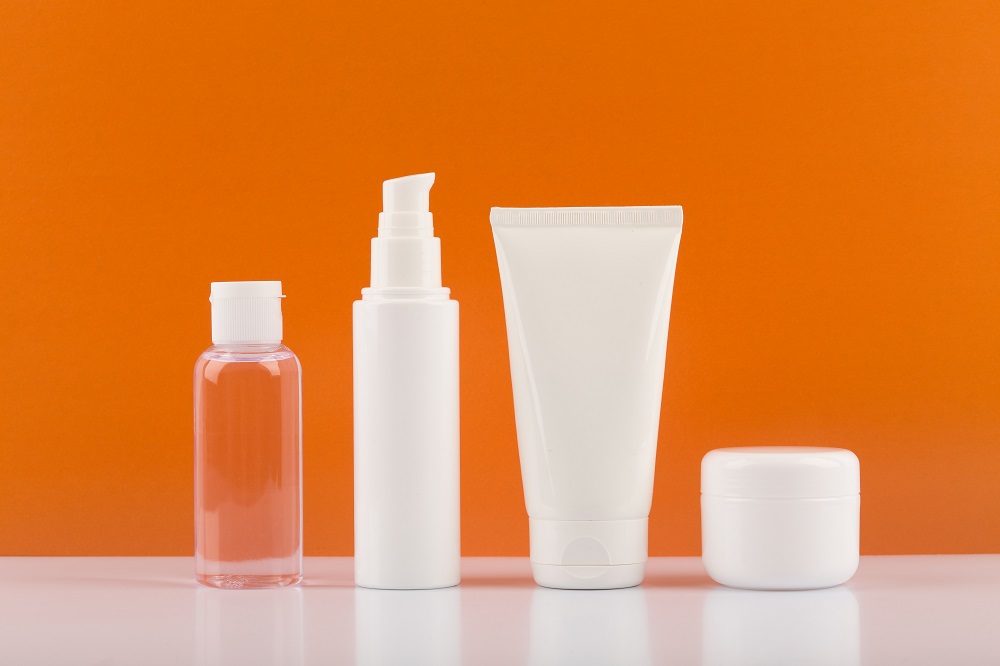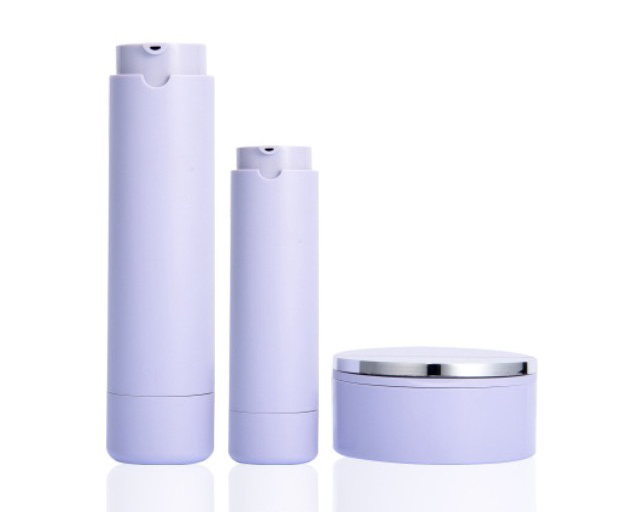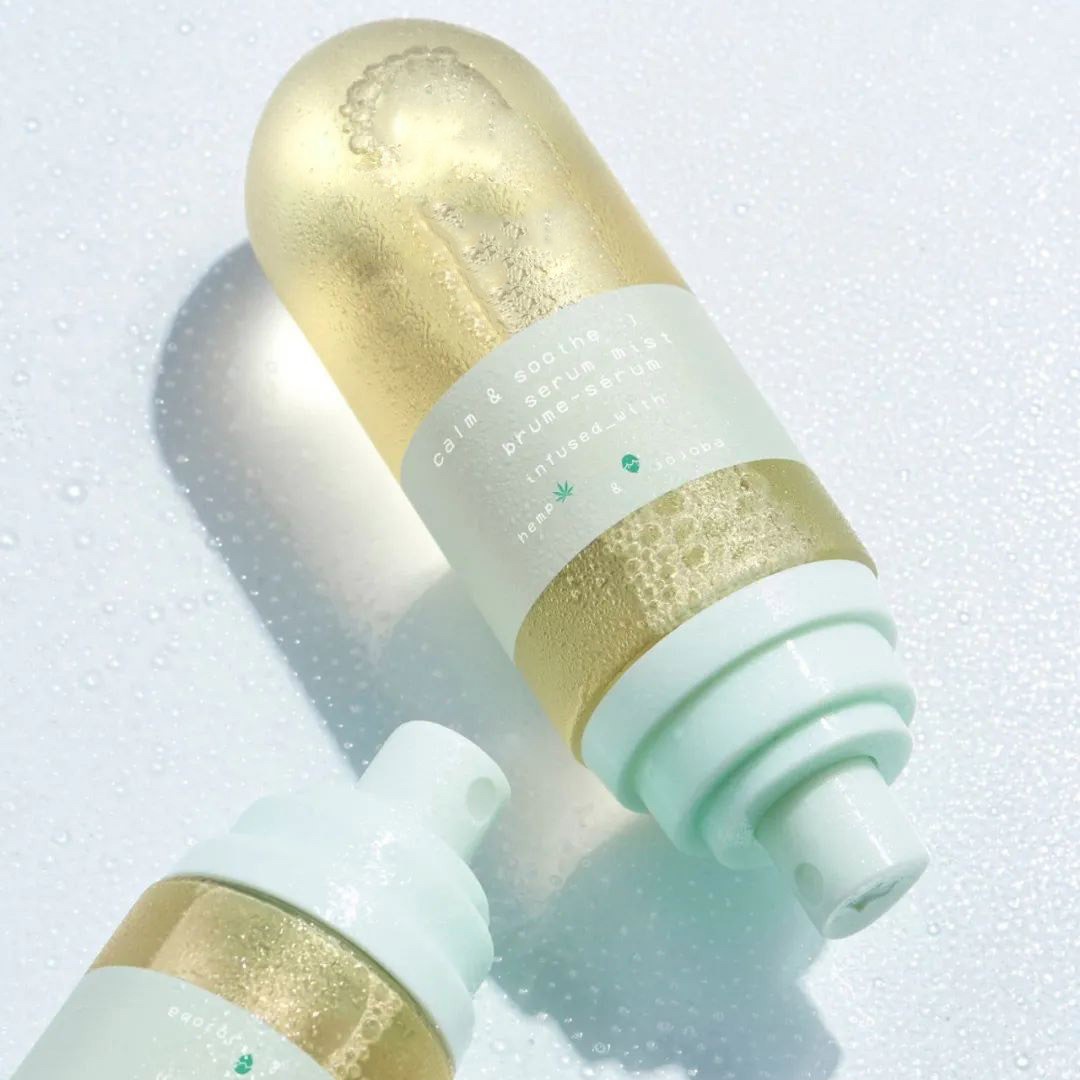In the cosmetics and skincare industry, the quality of packaging materials is not just a matter of aesthetics; it directly impacts product safety, effectiveness, and consumer satisfaction. High-quality packaging preserves the integrity of the product, ensures its safety, and enhances the overall user experience. This blog post will delve into the essential quality inspection requirements and the instrumental methods used to evaluate packaging materials for cosmetics and skincare products.

1. The Significance of Quality Inspection in Cosmetic Packaging
The quality of packaging materials is critical for several reasons:
-
Product Preservation: Packaging must protect the product from environmental factors like air, moisture, and light, which can affect the stability and efficacy of the cosmetic or skincare product.
-
Safety and Hygiene: High-quality packaging prevents contamination and ensures that the product remains safe for use.
-
Regulatory Compliance: Ensuring packaging quality helps in meeting stringent regulations and standards imposed by authorities.

2. Essential Quality Inspection Requirements
When inspecting packaging materials for cosmetics and skincare products, several key factors are considered:
-
Material Safety: The materials used must be free from harmful substances such as heavy metals, toxins, or allergens. This requires thorough testing to ensure compliance with safety regulations.
-
Physical Properties: Testing for mechanical properties such as tensile strength, flexibility, and impact resistance is crucial. This ensures the packaging can withstand handling and usage without compromising the product.
-
Barrier Properties: Effective packaging must offer barriers against external elements like moisture, oxygen, and UV light. Tests to measure gas permeability and moisture vapor transmission are essential for assessing these properties.
-
Compatibility Testing: The packaging material must be compatible with the product it contains. Tests are conducted to ensure that there are no adverse reactions between the packaging and the product, which could affect its stability or efficacy.
-
Aesthetic Quality: Visual inspection is performed to check for any defects or inconsistencies in the appearance of the packaging. This includes color consistency, surface smoothness, and overall finish.
3. Instrumental Methods for Quality Inspection
-
Spectroscopic Analysis: Techniques such as Fourier Transform Infrared (FTIR) Spectroscopy and UV-Visible Spectroscopy are used to analyze the chemical composition of the packaging materials and detect any potential contaminants.
-
Chromatographic Techniques: Gas Chromatography (GC) and High-Performance Liquid Chromatography (HPLC) are employed to identify and quantify chemical substances in the packaging material and check for impurities.
-
Mechanical Testing: Instruments like universal testing machines are used to measure tensile strength, impact resistance, and flexibility. These tests ensure that the packaging material can endure the physical stresses it may encounter.
-
Barrier Testing: Devices such as gas permeability testers and moisture vapor transmission rate (MVTR) testers evaluate how well the packaging protects the product from external elements.

-
Thermal Analysis: Differential Scanning Calorimetry (DSC) and Thermogravimetric Analysis (TGA) are used to assess the thermal stability of packaging materials and their performance under various temperature conditions.
-
Microscopy: Scanning Electron Microscopy (SEM) and Optical Microscopy provide detailed images of the packaging material’s surface. These techniques help identify microscopic defects and ensure the material’s quality.
4. Conclusion
In the cosmetics and skincare industry, the quality of packaging materials plays a vital role in product performance and consumer satisfaction. By adhering to rigorous quality inspection requirements and employing advanced instrumental methods, manufacturers can ensure that their packaging materials meet the highest standards. This not only safeguards the product but also builds consumer trust and ensures regulatory compliance.
For more information, please feel free to reach out to us - Email: hello@pyc365.com
